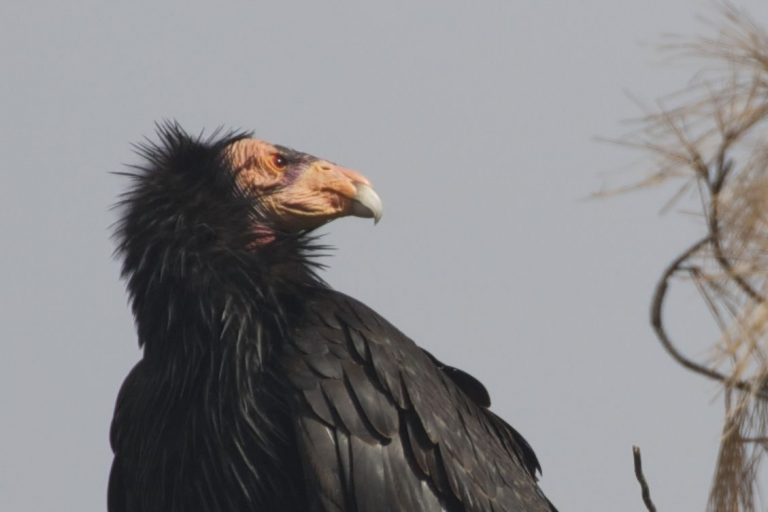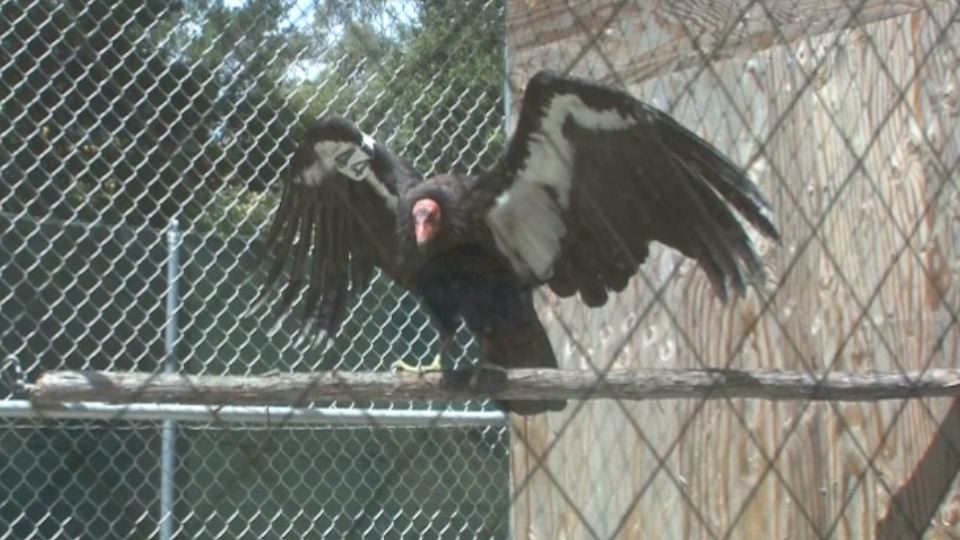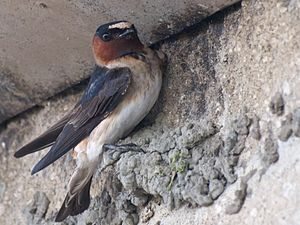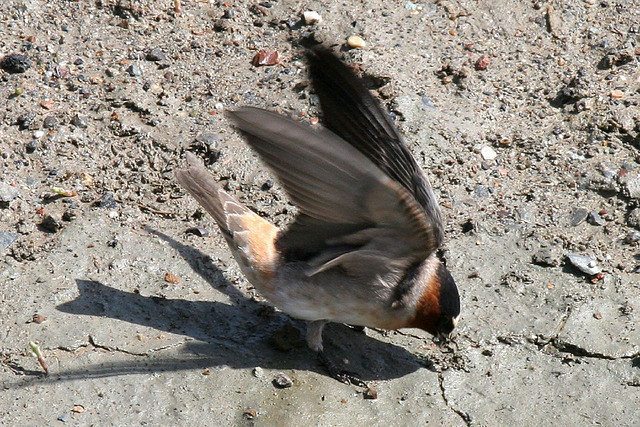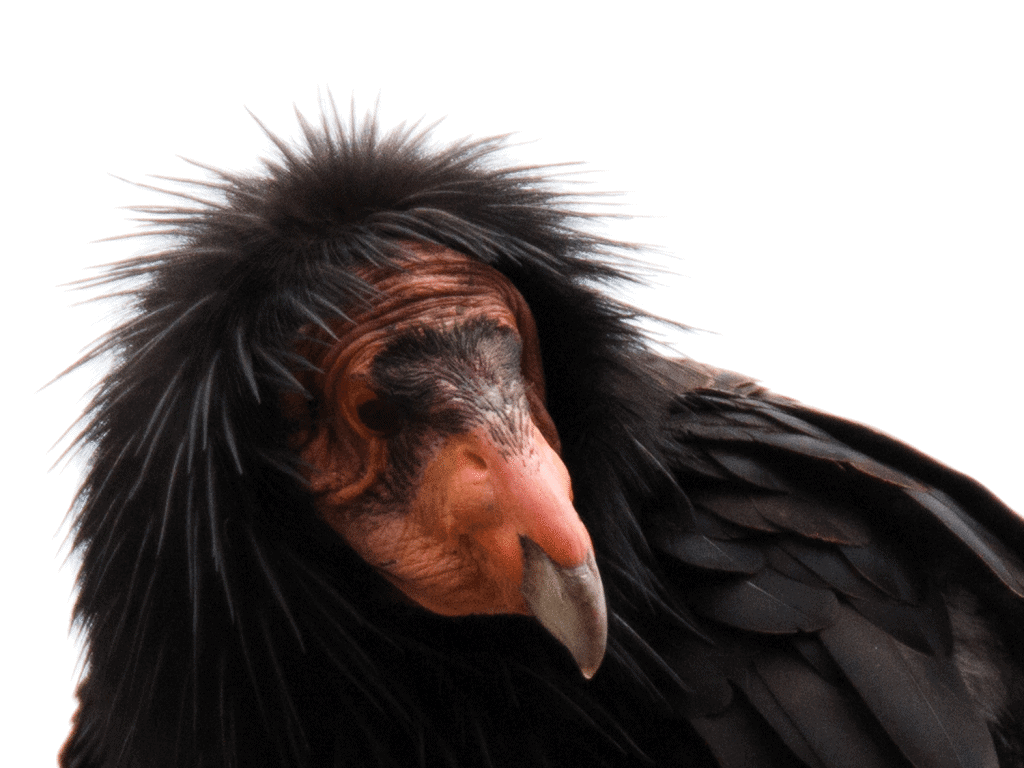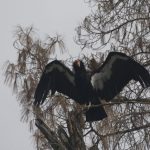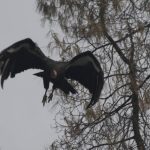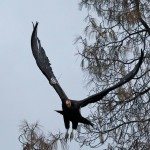Birdathon 2014 – everyone was a winner
By Ilana DeBare
Whew! Now that Birdathon 2014 is all wrapped up, we can take a deep breath and look around and and realize that… everyone was a winner.
The 180 people who went on great field trips. The 650 people who felt proud to sponsor a friend or donate. The 100 people who attended the Birdathon Awards Celebration on May 18 and enjoyed Rockwall wines, Linden Street beer, and terrific jazz by the Skyline High School jazztet.
And of course, the biggest winners were the beneficiaries of the money raised during Birdathon… including the kids in our Eco-Education classes, the wildlife that find food and refuge at our habitat restoration sites, and the birds whose lives are saved through conservation work like our Lights Out for Birds campaign.
Birdathon 2014 participants and supporters raised over $56,000 for all these programs — blasting past our goal of $50,000!
But still, I bet you’re thinking, Come on, Ilana, who were the PRIZE winners?
 Birdathon Awards Celebration. Photo by Lee Karney.
Birdathon Awards Celebration. Photo by Lee Karney.
So here’s a summary of the top birders, top fundraisers, and other honorees of Birdathon 2014:
Birding Awards
Best Bird Bruce Mast and his Big Day team, for spotting a Black Vulture in Sonoma County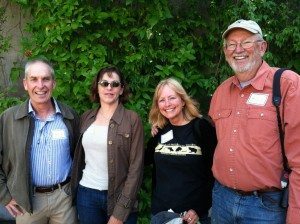 Best Bird winner Bruce Mast with Celebration attendees Juliet Cox, Denise Wight and Dave Quady. Photo by Ilana DeBare.
Best Bird winner Bruce Mast with Celebration attendees Juliet Cox, Denise Wight and Dave Quady. Photo by Ilana DeBare.Most species in 24 hours 1st place – Bruce Mast’s team in Sonoma County, with 172 species. 2nd place – Glen Tepke and the Dippers in Alameda County, with 132 species. 3rd place – Ivan Samuels’ Miwok birding team in Bolinas, with 120 species Most species in six hours 1st place – Glen Tepke and the Dippers in Oakland, with 117 species. 2nd place – Bruce Mast’s team in Sonoma County, with 87 species. 3rd place – Chris & Gary Bard’s trip in Alameda, with 77 species.
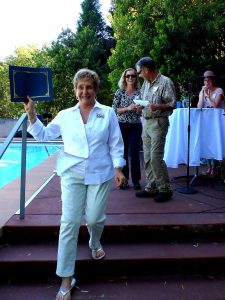 Chris Bard accepts her Birdathon award. Photo by Lee Karney.
Chris Bard accepts her Birdathon award. Photo by Lee Karney.
Fundraising Awards
1st place – Bonnie Ng and Paul Kramer, who raised $2480. (The prize is two nights at a luxurious Bolinas vacation home.)
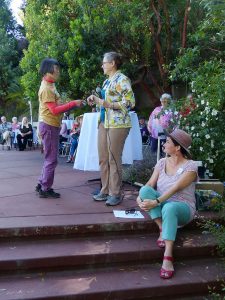 Bonnie Ng receives the award for top fundraiser from Ilana DeBare, while GGBA Board President Laura Gobbi looks on. Photo by Lee Karney
Bonnie Ng receives the award for top fundraiser from Ilana DeBare, while GGBA Board President Laura Gobbi looks on. Photo by Lee Karney
2nd place – Chris and Gary Bard, who raised $2340. (The prize is two nights at Costanoa Resort and Lodge.)
3rd place – Bob Lewis, who raised $2000. (The prize is two nights at Sierra Hot Springs resort.)…


